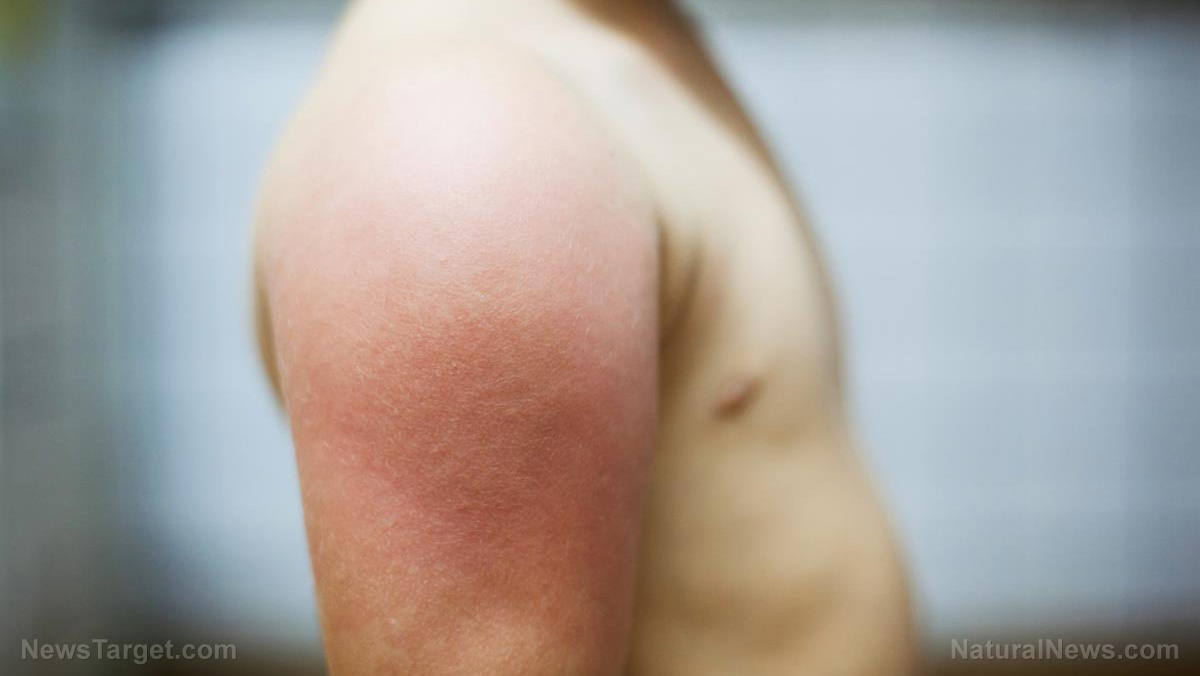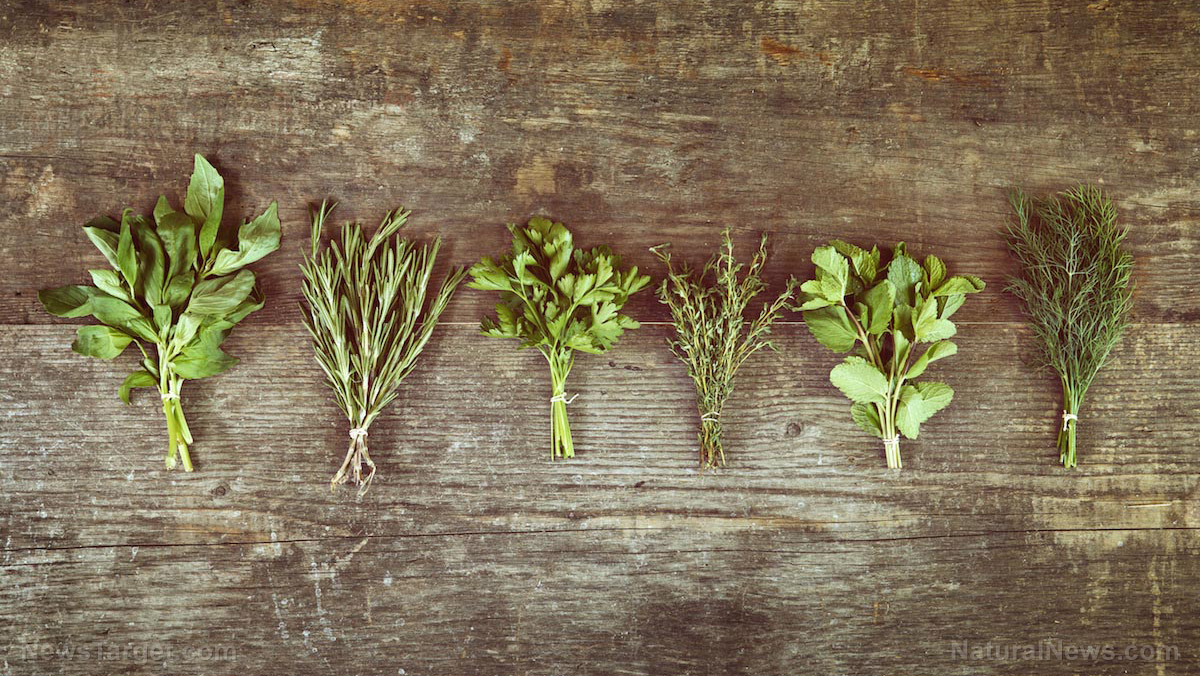Evaluating the anti-malaria effects of Olea europaea leaf (olive leaf) extract in mice
06/09/2020 / By Evangelyn Rodriguez

In this study, researchers from Ethiopia investigated the anti-malarial activity of Olea europaea against Plasmodium berghei infected mice and determined which fractions the constituents responsible for this activity are concentrated. Their findings were published in the journal BMC Complementary and Alternative Medicine.
- Drug resistance poses a challenge to malaria control measures, hence the development of new therapeutic agents is of utmost importance.
- To investigate the anti-malarial potential of O. europaea, the researchers first obtained a crude leaf extract using 80 percent methanol as solvent.
- They then successively fractionated the extract using different solvents (i.e., chloroform, n-butanol and water).
- Various doses of the extract and fractions (200, 400 and 600?mg/kg) were evaluated for their chemo-suppressive and curative properties using parameters like parasitemia, rectal temperature, body weight and packed cell volume.
- The researchers reported that the median lethal dose (LD50) values of the extract and fractions were greater than 2,000 mg/kg in mice.
- The crude extract significantly reduced parasitemia and prolonged survival in a dose-dependent manner.
- At 600 mg/kg, the crude extract achieved 58 percent parasitemia suppression, suggesting that it has chemo-suppressive activity.
- Meanwhile, all O. europaea fractions significantly reduced parasitemia regardless of dose.
- The n-butanol fraction caused a 51 percent reduction, followed by the chloroform and the aqueous fractions, respectively.
- Larger (600 mg/kg) and medium (400 mg/kg) doses of the crude extract and fractions ameliorated all the parameters used in a consistent manner, but the crude extract showed higher activity than all the fractions.
- Phytochemical analysis revealed the presence of secondary metabolites, which were differentially distributed in the fractions.
Based on these findings, the researchers concluded that the crude extract of O. europaea has strong anti-malarial activity due to the presence of secondary metabolites that either act independently of synergistically.
Read the full study at this link.
Journal Reference:
Misganaw D, Engidawork E, Nedi T. EVALUATION OF THE ANTI-MALARIAL ACTIVITY OF CRUDE EXTRACT AND SOLVENT FRACTIONS OF THE LEAVES OF OLEA EUROPAEA (OLEACEAE) IN MICE. BMC Complementary and Alternative Medicine. 11 July 2019;19(1). DOI: 10.1186/s12906-019-2567-8
Tagged Under: alternative medicine, anti-malaria, food cures, food is medicine, functional food, herbal medicine, Herbs, infectious disease, Malaria, natural cures, natural medicine, olive leaf extracts, remedies, research
RECENT NEWS & ARTICLES
COPYRIGHT © 2017 NATURAL CURES NEWS



















